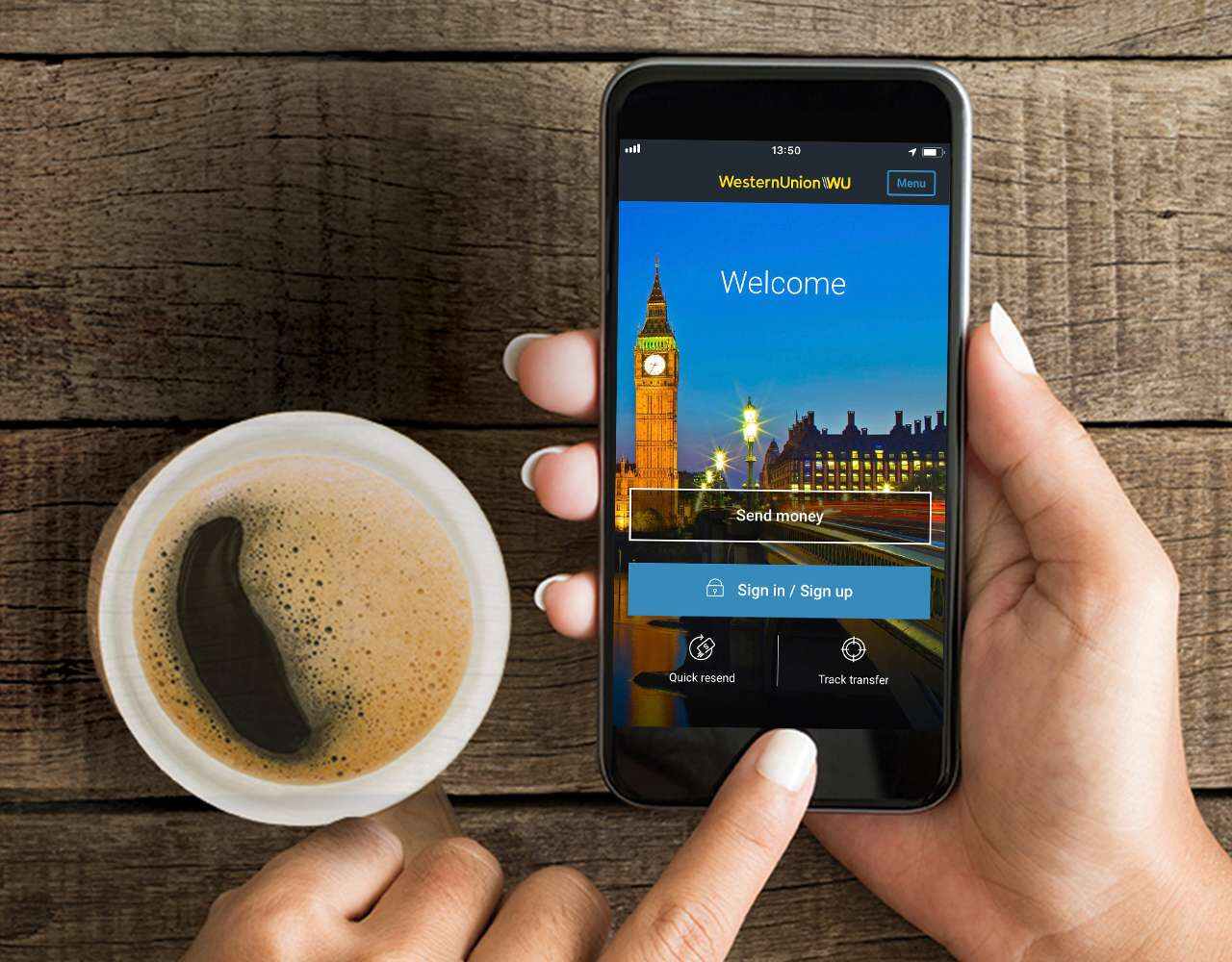6 Ways You Could Send Money to Your Parents Abroad
If you are lucky enough to live in the same area as your parents, giving them money can be as easy as a visit to their house. However, things get a little trickier when there is a lot of distance between family. If you want to help out your parents while abroad, you need to stay informed about the different ways you can send money to them. Here is an overview of your best options for sending money to family in another country.
1 Bank Account Transfers
Whether or not this is an option will depend on where your family is and how fast you need to get money to them. Your first step in deciding if this method is right for you will be to check your and your parents’ bank’s policies about foreign transfers. Rules vary wildly depending on which bank you want to work with. Generally, it is easier if both you and your parents have an account at the same bank. Many organizations offer better rates for transfers between accounts at their bank. The benefit of doing any wire transfer between bank accounts is that it can be fairly direct. Money goes from bank to bank without involving third parties or having multiple steps. Keep in mind that most banks charge a fee of somewhere between $25 to $50 for wire transfers, and it can take as much as five business days for the transfer to go through. Bank account transfers are usually best for large amounts that must be sent securely, but the ease of use depends heavily on which bank you work with.
2 Cash Money Transfer Centers
There are all sorts of money transfer centers where you can walk in, give them your relative’s information, and send the money abroad. Then your relatives can easily go into a nearby center and pick up the amount of cash. A few of the most common options include MoneyGram, Western Union, and Ria. The advantage of these is that your relative does not need to set up bank accounts or live in an area where many transactions are done with cards. Instead, they can directly get cash in their local currency. You can choose many different ways of funding the transfers, including cash, credit cards, or bank cards. The main challenge in this option is just making sure that one of the money transfer centers is near your relative, so they can easily access the money. You will also need to check fees ahead of time because they can be as high as $100 depending on where you want to send money to and how much you want to send. Money transfer centers are fast, convenient, and almost universal, so the main difficulty is just higher fees and the need to visit the physical location.
3 Prepaid Cards
This method of sending money involves you setting up a prepaid account for your parent. You can put money on the card from your home, and then your parent can use the card just like cash to make the purchases they need. This can be an expensive choice with all the potential fees since some cards charge monthly fees, activation fees, ATM fees, and more. However, it is useful because funds can be sent to your parents in just minutes once you set up the account. It also gives you the option of easily being able to adjust or limit the amount your parent spends, so you can help them with budgeting if necessary. Depending on the card you get, you may be able to pay with cash and send it directly to your parent, giving you plenty of options for what form of money you wish to send. Prepaid cards can be a good choice when you plan on doing recurring transfers, while they can be a little unnecessary if you are just doing a single small transfer.
4 Online Payment Services
The internet has worked hard to make money transfers a simple and universal process. There are sites like Paypal where you can send money to a variety of countries just by having a person’s email address. This makes it easy to convert to other currencies and send money at the click of a button. However, sites like Paypal can charge larger fees and delay transfers for amounts above USD 500. Another downside is that it does not provide immediate cash. If your parents need money for something besides online purchases, they have to transfer it to their bank and then withdraw it. This can take up to a week to complete.
5 Phone Apps
Phone apps are similar to online payment services because they focus on being universal and convenient. With the click of a few buttons, you can usually add money from a bank account or card to the app and send it to your parents. Then they can convert the money to their bank account or card and spend it. The main struggle with apps is typically trustworthiness. Of course, if you use something made by a reliable organization, like the Western Union app, then you can be confident your parents will get the money they need. However, if you try to use one of the lesser-known apps that have fewer fees, there are more chances for potential fraud. Another downside of phone apps may be that they usually do not work with cash.
6 Money Order
When you send your parent a money order, it is the same as sending cash directly through the mail. You go to a business that creates money orders, pays for the order with cash or card, and then sends it to the desired recipient. They are more traceable than cash though, so you can recover it if the order is stolen or lost. The main downside of a money order is just the time. You have to send it from a physical location and wait until it travels to your parent, so you need to send it quite a while before your parent needs it.
Now that you know about the different methods of sending money to your parents abroad, all you have to do is compare the various fees and transfer times to find an option that works for you. There are all sorts of great options, so it is easy to pick one that is right for you and your family’s needs.




















